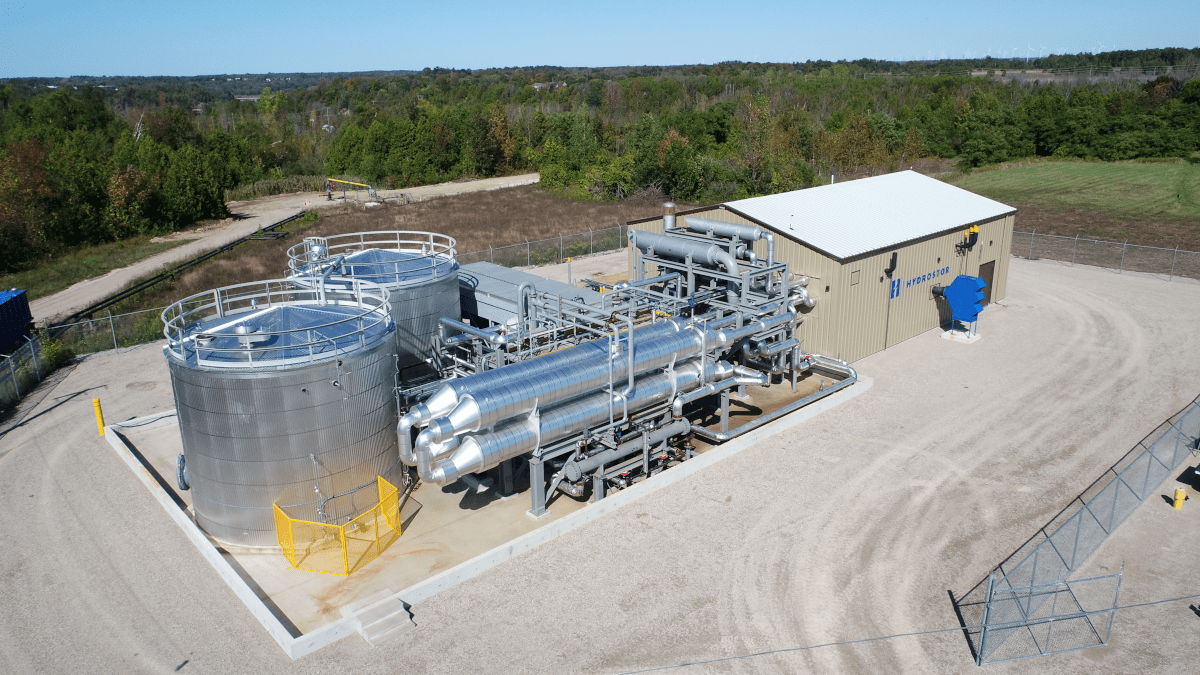
Policies to incentivize investment in longer duration energy storage can mitigate billions in grid costs, while helping the continent hit its 2050 climate goals and achieve energy independence, according to a new whitepaper from Hydrostor, a developer and operator working in the LDES field.
The paper explores how, through policies aimed at increasing strategic investment in long duration energy storage (LDES), EU member states could cut grid expansion and curtailment costs by 2040, while avoiding spending billions on stranded natural gas assets.1 Deploying these technologies across Europe can save €103 billion by 2040, according to recent research from Energy Storage Europe Association. Doing so in the UK could save €35 billion by 2050, according to LCP Delta analysis on behalf of the UK government.2
Hydrostor President, Jon Norman, said: “As global momentum grows behind long-duration energy storage, Europe risks being left behind. States must act now to deliver projects in time to fulfill their international commitments and ambitions. Failure to do so risks losing the opportunity to save billions, drive economic growth and achieve energy independence, all while lowering electricity prices and tackling climate change.”
The Hydrostor report, From Ambition to Action: Embedding Long Duration Storage in European Energy Strategy, identifies three key urgent policy recommendations to help European governments save costs while achieving energy independence and climate goals:
1. Undertake system modelling that factors in the costs and asset lifetimes of all types of energy storage and ensure it informs procurement and development – maximising savings while accelerating the transition to climate neutrality.
2. Set procurement targets for each type of energy storage solution and create transparent, multi-year schedules to achieve them – to mitigate the risks of supply disruption and increasing costs, for curtailment and infrastructure.
3. Ensure markets value LDES appropriately to guarantee revenue adequacy and adopt contract mechanisms, such as a cap-and-floor, to ensure revenue certainty for LDES projects.
Europe needs to more than double its current energy storage capacity by 2030 to meet its energy transition targets. Europe already imports 58 per cent of its energy, and in the absence of supportive policies for long duration energy storage – particularly at 8-hour durations – the region could see flexibility gaps filled with new gas infrastructure, making it more vulnerable to price volatility and supply disruption while leading to more stranded assets. Large-scale LDES projects can play a key role in achieving European energy independence and security in an ever-changing geopolitical landscape: one 500 MW project can get nearly 1.2 million Europeans off gas.3

Hydrostor says its advanced compressed air energy storage (A-CAES) technology represents a critical solution underpinning the future reliability of energy systems in Europe and the UK, enabling utilities to accelerate the integration of intermittent renewables and achieve energy independence. Each 500 MW A-CAES project employs more than 6500 people over the course of construction, with 40 full-time employees during operation for the full 50-year design life of the facility. Hydrostor has more than 7 GW of early-stage projects in its development pipeline in Australia, Canada, Europe, and the US.
Notes
[1] Fossil fuel generation must account for less than 5% of the bloc’s total by 2050, compared to 45% at present, to achieve the bloc’s climate neutrality target – resulting in stranded assets representing billions in sunk costs.
[2] £31 billion converted into Euros using the exchange rate of GBP 1: €1.14, correct as of 31 October 2025. All figures in this release have also been converted into Euros for consistency.
[3] One 500MW facility can supply electricity to 1.18 million households during discharge.














